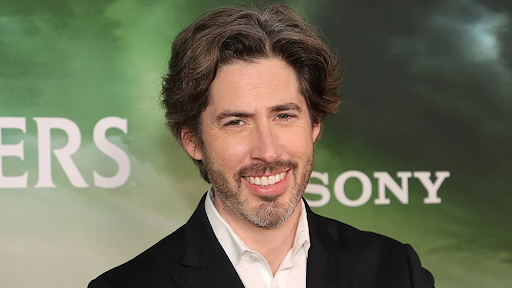Most of us are aware that the Eller College of Business at the UA is ranked among the top business schools in the nation. We’ve also seen the reputable Steward Observatory and celebrated the renowned UA Astronomy program. But where can we find the nation’s best resources for the fine arts and humanities? For example, where is the largest public collection of contemporary American poetry? What about a photography center that exhibits work by illustrious artists such as Ansel Adams?
Both of these programs are located right here in Tucson.
The UA Poetry Center is the largest in the nation, and our Center for Creative Photography is well-known across the country. Unfortunately, these more artistic assets just aren’t given the respect and emphasis they deserve.
In this modern day, age and economy, it’s understandable that universities and students alike will be working hard in their studies of business and management. After all, these fields will always be in demand and offer a reliable salary, so they have obvious appeal. And it isn’t like studying at Eller College is easy — business requires ambition, creativity, leadership and hard work, to say the least. It fosters a respected reputation and is able to pay the bills.
However, the same should be said about the study of humanities. Delving into the world of art, language, literature and culture isn’t easy. It requires talent, communication, research and hard work, just like any other area. Viewing the world and its people with a fresh perspective, creating original works of art and, ultimately, sharing a unique view with the world isn’t for the faint of heart. Studying humanities is a lot of things, but it isn’t sitting around in coffee houses contemplating bizarre modern art or attending poetry slams with beret-wearing beatniks.
The university, of all places, should embrace the true value of the arts. But it’s actually doing quite the opposite.
On the UA Web site, both the Center for Creative Photography and the College of Fine Arts aren’t even viewed as areas of study. Instead, they’re shamefully listed in the “”Non-Academic Programs”” category. That’s funny, because art students of any kind spend hours each day working on their pieces. They also have to complete extensive studies concerning their specialty, and they still have grades, exams and finals just like everybody else.
The hard work of students studying arts and humanities is constantly overlooked, and it’s really unfortunate that the value of humanities goes unnoticed by the university itself. Whenever there is a budget cut to be made, you can rest assured that arts and humanities students are the first to lose much-needed funding.
In fact, one of the most recent budget cuts resulted in a bizarre merger — the birth of the College of Letters, Arts and Sciences. Such a mysterious combination of fields sounds almost like a name within a Harry Potter book.
Although humanities and fine arts do require the same amount of work as the sciences, they are definitely different and should not be lumped together. This new amalgamation of the College of Sciences, Social and Behavioral Sciences, Humanities and Fine Arts makes absolutely no sense, except from a financial standpoint. Forcing these unrelated schools into one category will put away several million dollars a year for the university.
These millions of dollars should be going toward furthering programs within the fine arts and humanities: hiring more, talented professors and reducing class sizes, funding innovative new programs and spreading support and awareness of art across our community.
Can such a logical allocation of funds ever happen? After all, we live in a time where everybody values business because it’s the study of life and money. The arts can only begin to flourish when people realize that humanities is the study of what makes life meaningful.
— Miranda Butler is a creative writing sophomore. She can be contacted at letters@wildcat.arizona.edu.








